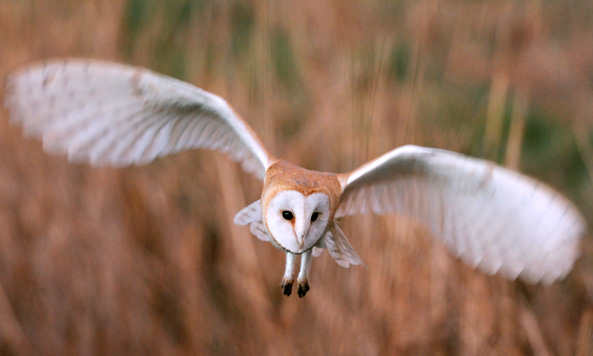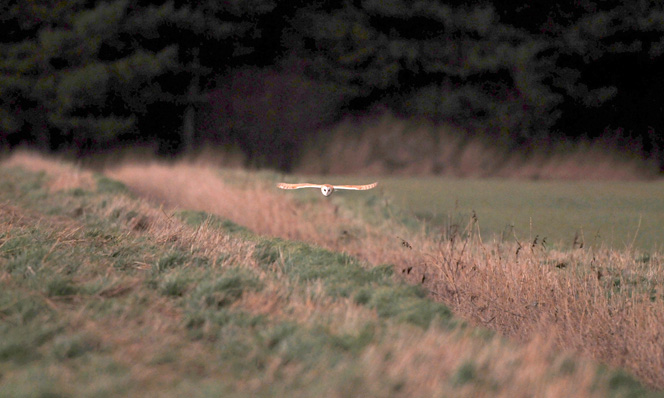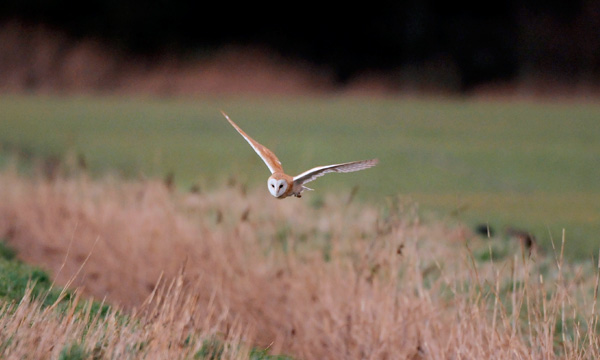
I am often asked if there is any occasion when I have felt under pressure when taking photographs of birds. On the whole I am fairly sanguine over what you get and what you miss, it’s part of the deal with this sort of photography, but there is a particular moment that comes to mind when I felt if I didn’t manage to secure a decent shot from this then I might as well give up.
I was on the Lancashire moses, a place that I always try to visit whenever I return to Liverpool to visit family. It’s only about five miles from my parent’s home and always worth a visit at anytime of the year. It is flat land and in stark contrast to the Welsh landscape I am used to working in. A series of single track roads cross the ‘mosses’ giving expansive views over the fields. Mosses tend to suggest wet unimproved grasslands but this area is heavily farmed and has been extensively drained. It is the drainage channels that that criss-cross the whole area, creating corridors of wilder uncultivated banks, that provide a home for mammals that attract the Barn Owl. It’s holding its own here on the mosses and it’s good to see this pattern repeated across the country after some problem years in the 80’s and 90’s.
My brother was with me on the occasion the Barn Owl came within ten metres from the car, flying directly towards us at a slow pace as it scanned for prey in the grasses along the drainage channels. We had already had a successful day, particularly with regard to raptors. Sparrowhawk, Kestrel, Peregrine and Short-eared Owl had already been seen, if not photographed. We were on our way home when we turned to each other and with a knowing glance knew we should make one more pass before the light finally left us.

With the flat expanse of the landscape here you can often see if anything is around as soon as you leave the main roads and move onto the single tracks. We turned off at our normal spot to begin the last circuit. Phil drives and I have the camera on a bean-bag resting on the passenger side with the window wined down. Before turning off onto the smaller roads I set all the parameters on the camera ensuring that if anything is around I’m ready for it and not wasting time fiddling with settings.

We immediately saw the ghostly white form of the Barn Owl floating above one of the channels and moving slowly along the far edge of one of the fields. Phil, who knows this area like the back of his hand, saw the opportunity before I had. I nearly lost the camera out of the window as he accelerated to a spot a few hundred metres or so away! He had anticipated that the owl would follow a particular channel which the road dissected at this point. If we could get there before the owl was too close to the road we may, just may, be in a position to intercept it as it continued its languid passage along the channel. We arrived at the point with the owl still at the back of the fields a good hundred metres away and flying parallel to us. Suddenly it turned ninety degrees and began to fly directly toward us. We were now in the perfect position with the engine off and the light holding. Phil’s gamble had paid off and now it was up to me. My heart began to race and I knew I would never have a better opportunity to photography this beautiful crepuscular owl.

With a deep breath I composed myself and began to photograph as the owl grew larger and larger in the viewfinder. Set to continuous auto focus, the camera locked on perfectly and the owl continued to fly directly towards us. It veered off about ten metres from the car, by which time I had stopped shooting as it was no longer in focus range for the 500mm lens. We both watched as it slowly lifted and banked away, the detail in its plumage extraordinarily clear.
A remarkable moment and, thankfully, a strong set of images. I do think though, Phil deserves as much credit as I do for helping to create one of my favourite images.
